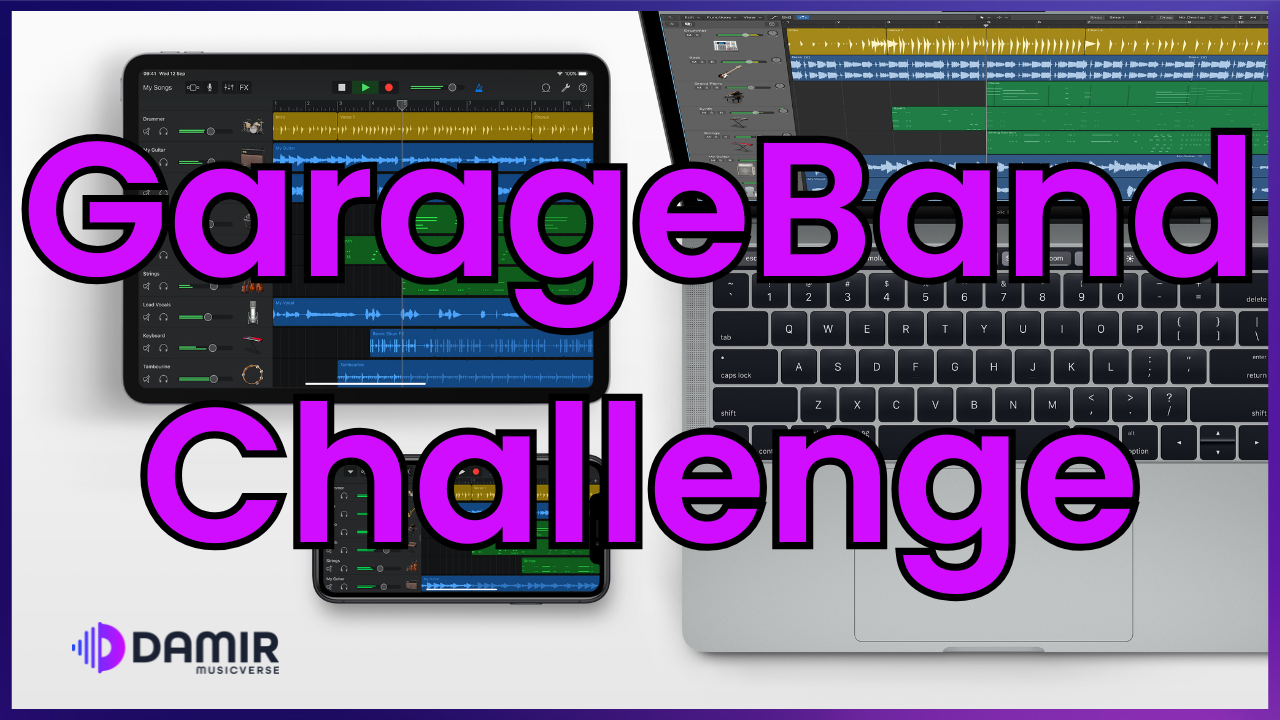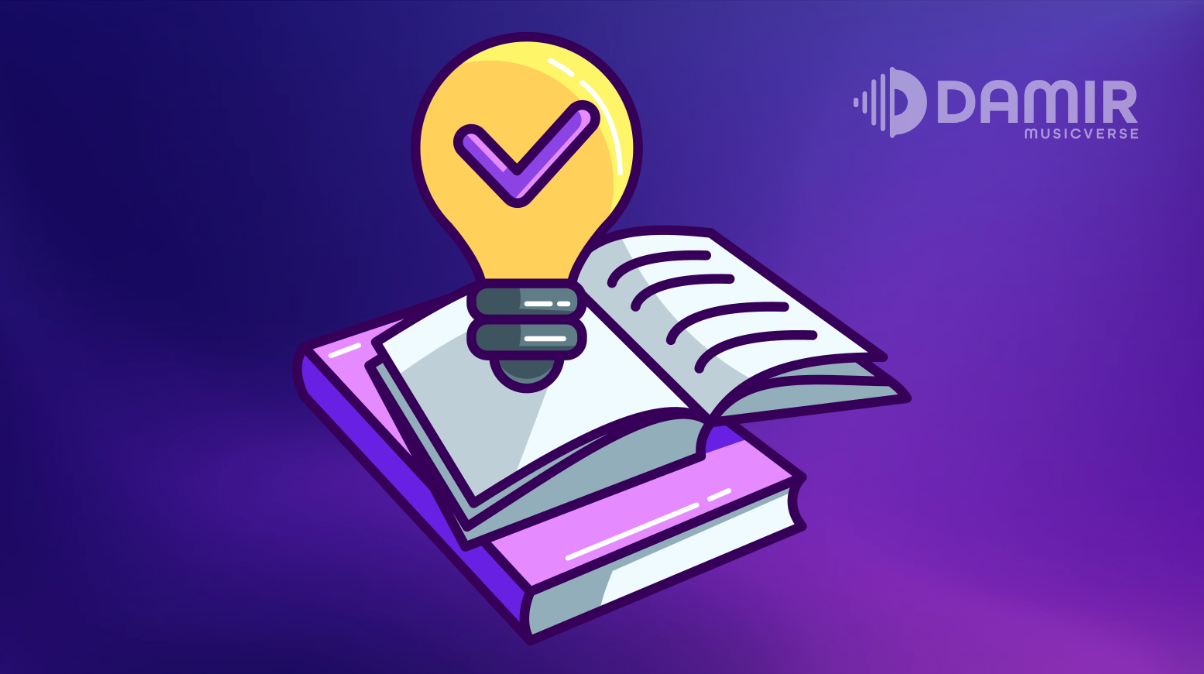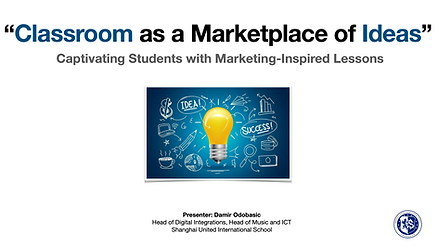
Introduction
In the digital age, music education is evolving rapidly with the integration of technology. As highlighted in my previous article, technology can be a powerful tool in the hands of a music teacher.
In that article, I’ve presented 21 tools separated into seven teaching categories; make sure to check it out since it complements this article.
But how do you effectively integrate it into your lessons?
This article will delve into four strategies to help you seamlessly incorporate music technology into your classroom.
Let’s review the strategies for implementing music technology in your classroom.
1. Start Small
Diving headfirst into the vast ocean of music technology can be overwhelming. Instead of juggling multiple software programs or apps simultaneously, begin with a simple prelude. Choose one or two apps that resonate with your teaching style and your students’ interests.
For example, if you’re introducing students to the basics of rhythm, an app like ‘Rhythm Trainer’ can be a great starting point. It offers interactive exercises that make learning fun and intuitive.
2. Be Clear About Your Goals
Your use of technology in the classroom should always have a clear purpose. Are you aiming to teach students about scales, chord progressions, or perhaps the intricacies of a specific musical era? By setting clear objectives, you can tailor your tech choices to meet those goals.
If your goal is to teach composition, an app like ‘GarageBand’ can be invaluable. It allows students to experiment with different instruments, compose melodies, and even produce their own tracks. It is also one of my favorite music education apps.
Enjoying this post? Join a community of forward-thinking educators! Subscribe now for exclusive access to free resources, tips, and tools to transform your music classroom with EdTech.
3. Make it Fun
The best concert performances often leave the audience wanting more, and your lessons should strive for a similar effect. Music technology should be an encore to your regular teaching, adding an element of excitement and engagement. Opt for software that’s interactive, allowing students to tap into their creativity.
Consider using ‘Chrome Music Lab‘, an app that enriches the learning process. It provides various tools to present different musical topics like pitch, rhythm, melody, and more.
4. Be Flexible
In music, some of the most magical moments come from improvisation. Similarly, when integrating technology, there’s no strict path to follow. Be adaptable, willing to experiment, and discover what resonates best with your students. Remember, it’s all about enhancing the learning experience, not replacing traditional teaching methods.
Flexibility demands creativity in order to have different solutions for presenting the same idea. In one of my previous articles, I presented an interactive way of delivering the Jazz Styles lesson, which my students loved. It was something completely different and new for them. Check out the article below.
I am sure your students will love it too!
📑 Jazz Lesson With ChatGPT: Free Lesson Plan Download

Conclusion
Integrating music technology into your lessons doesn’t have to be a daunting task. By starting small, setting clear goals, ensuring the process is enjoyable, and being flexible, you can create a harmonious blend of traditional teaching and modern technology.
Let the rhythm of technology elevate your teaching methods! ⚡️
Enjoyed this post? Join a community of forward-thinking educators! Subscribe now for exclusive access to free resources, tips, and tools to transform your music classroom with EdTech.


